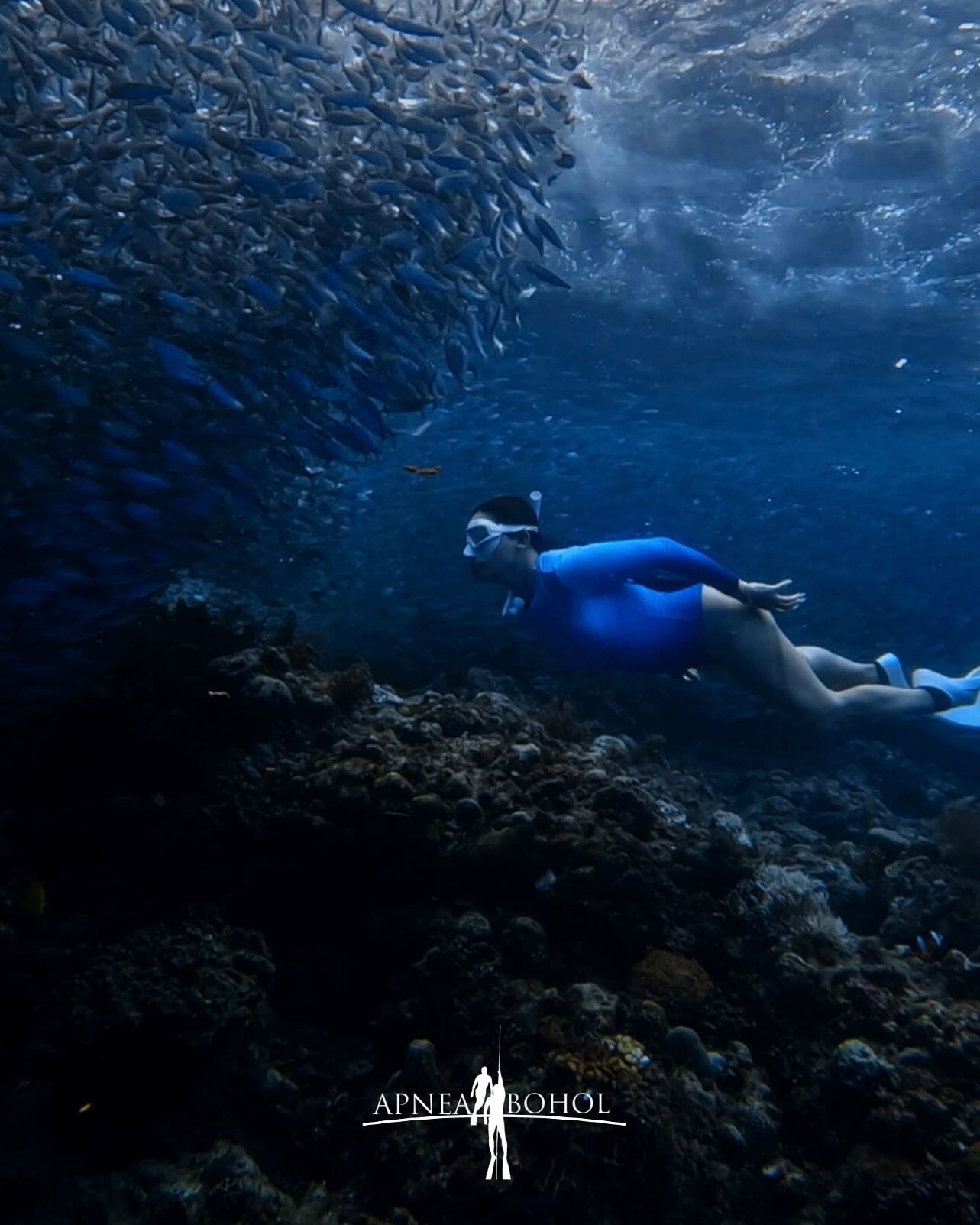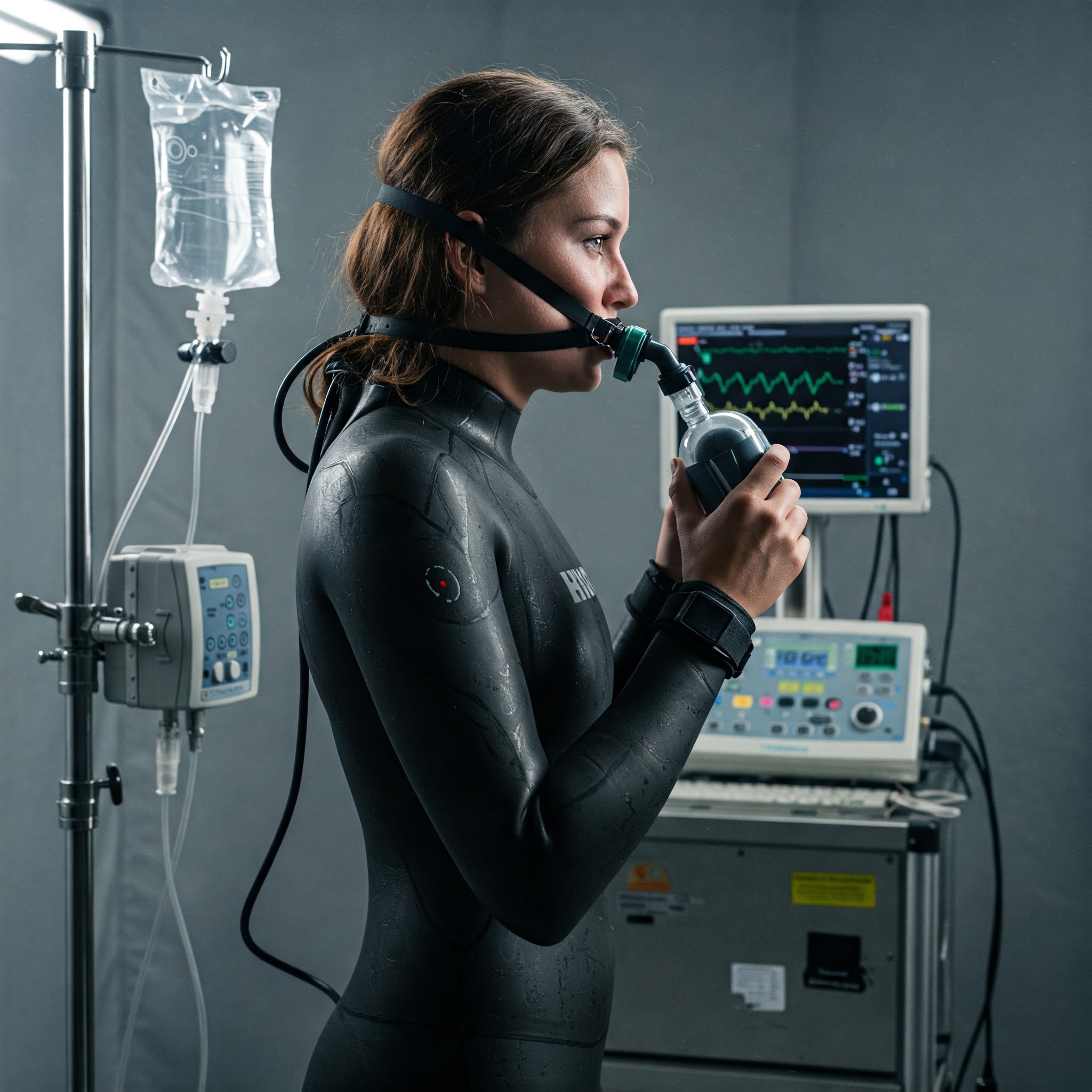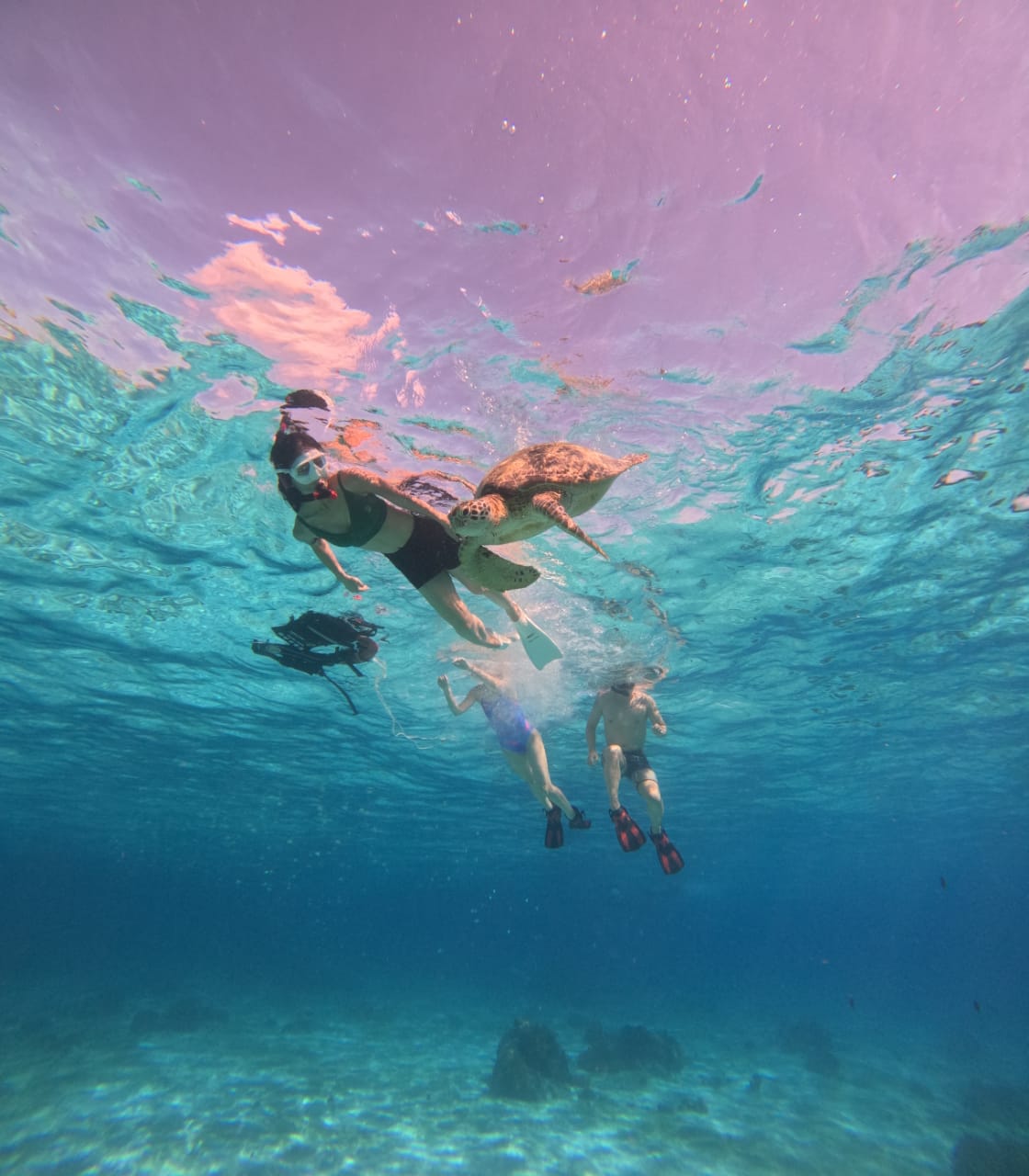Marine mammals like seals plunge into the depths with an extreme diving reflex that sustains them underwater for remarkable periods. This isn’t just a trait of aquatic specialists—the Mammalian Dive Reflex (MDR) is an ancient, oxygen-conserving response embedded in nearly all mammals, including us humans. It’s a suite of changes—apnea, bradycardia, and peripheral vasoconstriction—that overrides normal physiology to preserve oxygen for vital organs during submersion.
Even land-bound species like rodents and primates retain this reflex, hinting it didn’t first evolve in marine ancestors but is a deep-seated adaptation from early vertebrate evolution. This blog explores how the MDR emerged, evolved, and can be harnessed by freedivers to push human limits underwater.
Tracing MDR’s Development in Mammals
When terrestrial mammals ventured into aquatic realms, they didn’t invent the MDR—they amplified it. As lineages transitioned to water, natural selection honed this reflex for prolonged dives. Early cetaceans, evolving from wading creatures to deep divers over Eocene millions, show skeletal shifts like nostril repositioning toward blowholes and larger bodies for oxygen reserves. Pinnipeds, from bear-like ancestors 27 million years ago, reveal expanded rib cages and enhanced muscle oxygen stores in their descendants.
“The MDR wasn’t born anew in marine mammals—it was inherited and fine-tuned, with echoes persisting even in species like hippos and human infants.”
Across at least seven marine re-entries in the Cenozoic, each lineage faced pressure to maximize foraging time, enhancing the MDR’s magnitude and control.
Fossil Pathways and Evolutionary Adaptations
Beyond the reflex, marine mammals evolved complementary traits: bigger bodies, specialized circulation, and boosted oxygen storage. Seals developed an “aortic bulb” to buffer blood pressure during bradycardic dives, while cetaceans feature rete mirabile—vascular networks hinted at in fossil spines. Spleens grew massive, acting as blood reservoirs, a trait vivid in seals and whales today.
Adaptations varied—early whales shifted incrementally to marine foraging, while shallow-diving Desmostylians relied less on long dives. Wherever submersion was key, evolution favored stronger MDR responses and oxygen reserves.
Genetic and Physiological Continuity
Genomics reveal convergent changes in hypoxia-tolerance genes across diving mammals. Cetaceans show tweaks in hemoglobin, myoglobin, and vasoconstriction regulators, optimized during their aquatic transition. Myoglobin’s high charge, evolved independently in seals, whales, and even rodents, allows dense muscle oxygen storage—hinting some terrestrial species had semiaquatic roots.
Physiologically, diving mammals boast blood volumes 2-3 times higher than land norms, packed with oxygen carriers. Humans retain this reflex too—vividly in the Bajau “Sea Nomads,” whose larger spleens and genetic adaptations mirror marine mammals, shaped by daily diving.
Optimizing MDR for Elite Freediving
Elite freedivers tap this ancient reflex, training to mimic marine mammals. The MDR’s core—bradycardia, vasoconstriction, and splenic contraction—can be enhanced:
- Bradycardia: Heart rates drop to 20-60 bpm, slashing oxygen use.
- Vasoconstriction: Blood prioritizes brain and heart.
- Splenic Boost: Adds 3-5% oxygen capacity, amplified by warm-ups.
With training, freedivers extend breath-holds and depths, leveraging our evolutionary heritage.
Training Techniques to Enhance the Dive Reflex
Freedivers refine their MDR with:
- Facial Cooling: Cold water triggers faster bradycardia.
- Apnea Tables: Build CO₂ and hypoxic tolerance.
- Dynamic Apnea: Trains reflex under movement.
- Biofeedback: Meditation lowers heart rate.
- Depth Adaptation: Stretches lungs for more oxygen.
Weeks of practice deepen these responses, aligning us closer to diving mammals.
Practical Applications for Competitive Freediving
For competitors, mastering the MDR involves:
- Pre-Dive Prep: Cold face dips and calm breathing.
- Warm-Ups: Mobilize spleen reserves.
- Training Regimen: Weekly apnea drills.
- Mental Focus: Relaxation extends dives.
- Oxygen Optimization: Efficient form and blood health.
“Dive with your mind, not your muscles—unlocking the MDR is freediving’s secret weapon.”
References
- Panneton, W. M. (2013). The mammalian diving response: an enigmatic reflex to preserve life? Physiology (Bethesda) 28(5): 284-297.
- Zhou, X. et al. (2016). Evolutionary genetics of hypoxia tolerance in cetaceans during diving. Mol Biol Evol 33(9): 2507-2517.
- Mirceta, S. et al. (2013). Evolution of mammalian diving capacity traced by myoglobin net surface charge. Science 340(6138): 1234192.
- Blix, A. S. & Folkow, B. (2000). Pinniped diving response: effects of phylogeny and behavior. Physiol Biochem Zool 73(6): 590-600.
- Ilardo, M. A. et al. (2018). Physiological and Genetic Adaptations to Diving in Sea Nomads. Cell 173(3): 569-580.
- Schagatay, E. et al. (2013). Effects of two weeks of daily apnea training on diving response and spleen volume. Scand J Med Sci Sports 23(3): 340-348.
- German Sports Medicine Review (2024). Physiological Challenges and Adaptations in Competitive Freediving.
- Open University. Aquatic mammals: Diving adaptations.
- StatPearls. Physiology, Diving Reflex (2022).
- The Atlantic – Ed Yong (2018). “How the Bajau ‘Sea Nomads’ Evolved for a Life of Diving.”


